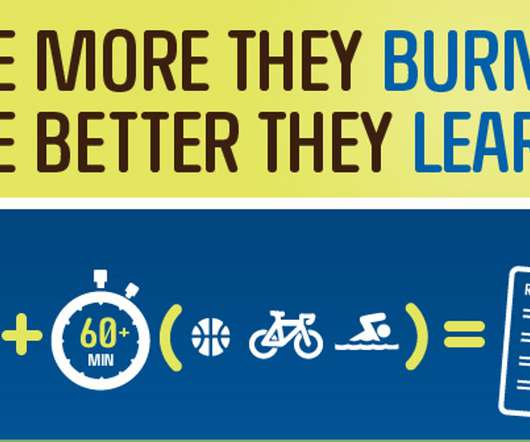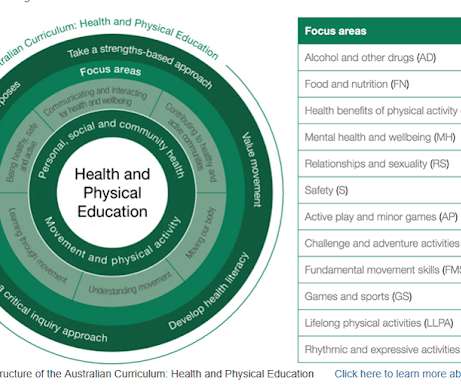What PE Teachers know that School Leaders Ignore!
Physed n Health
OCTOBER 29, 2020
The American Heart Association, the CDC, and other groups consistently promote the importance of physical activities and the impact on students’ academic performance, behavior, emotional balance, and overall well-being. This is a fact you know very well. Before the pandemic, 81% of students received their daily dose of physical activities during PE class.












Let's personalize your content